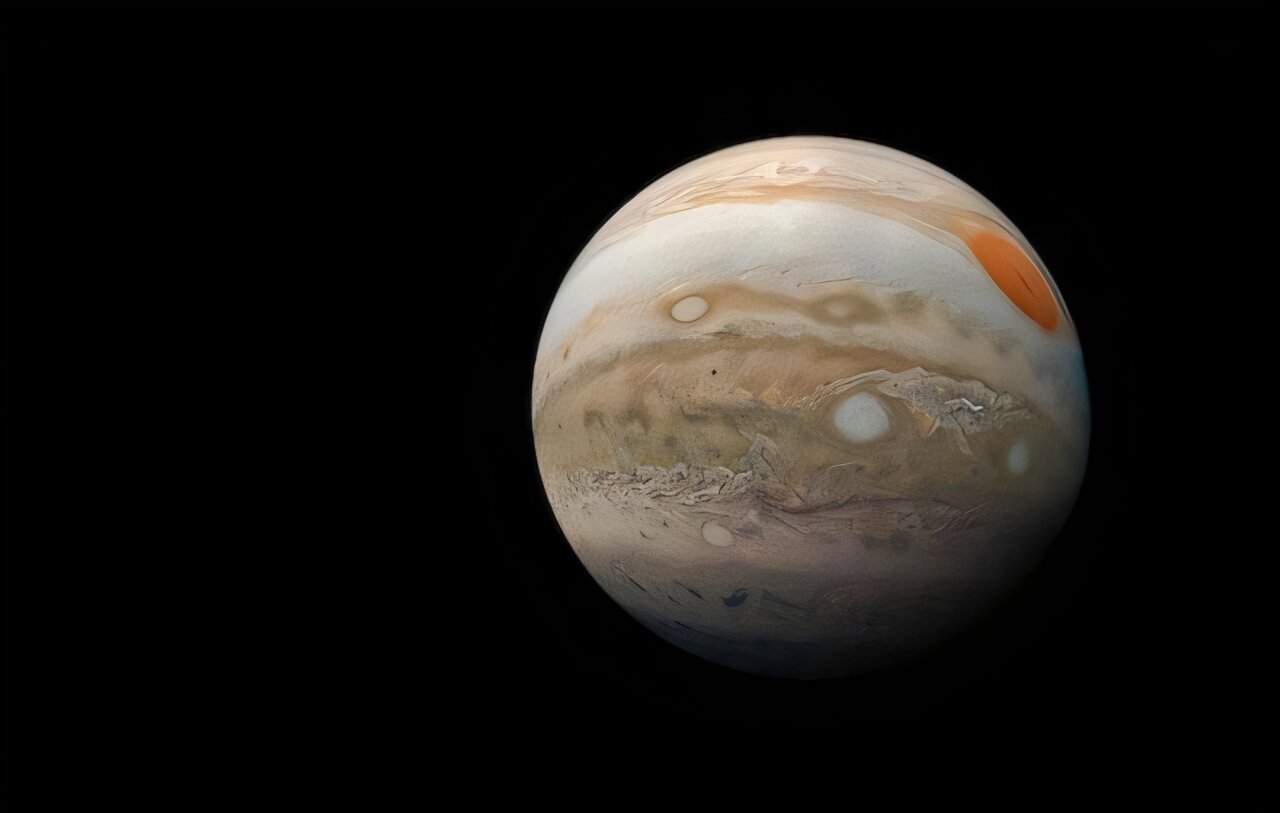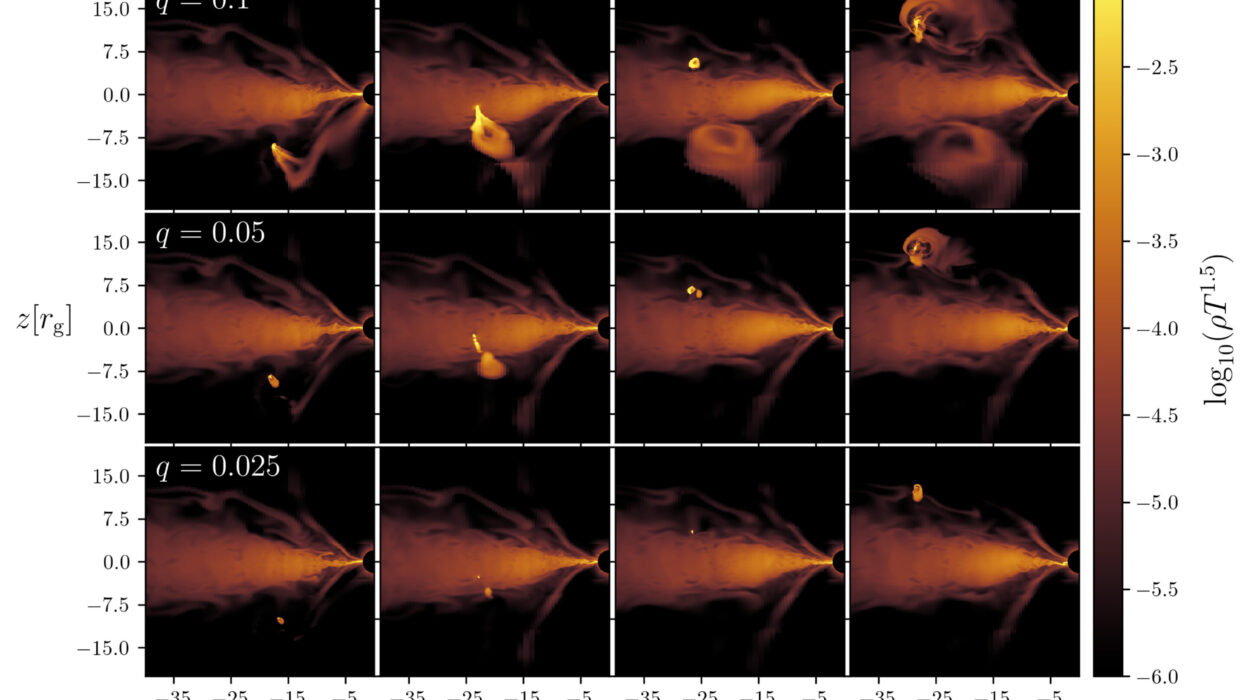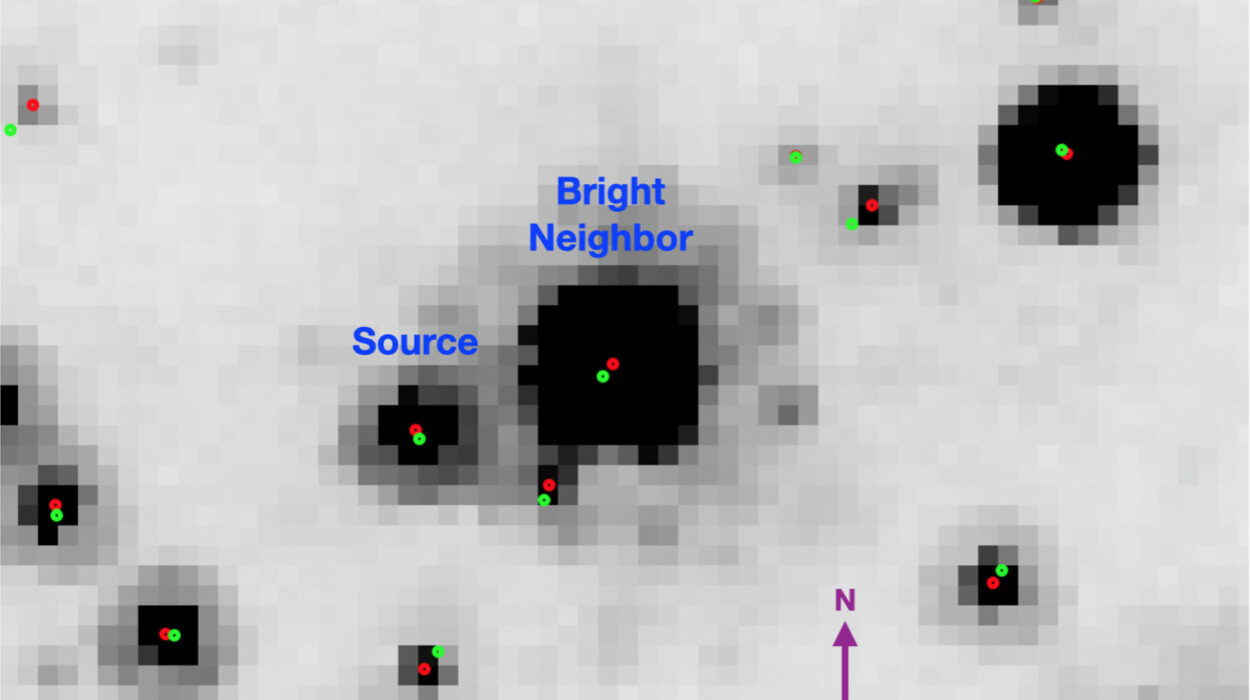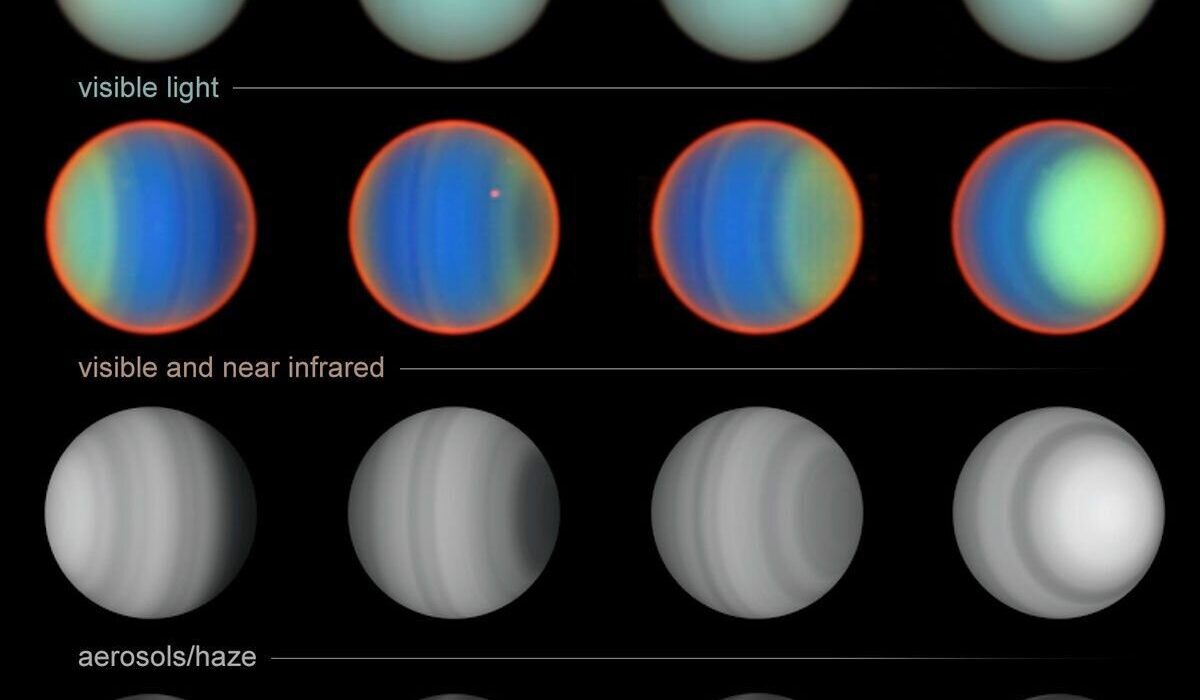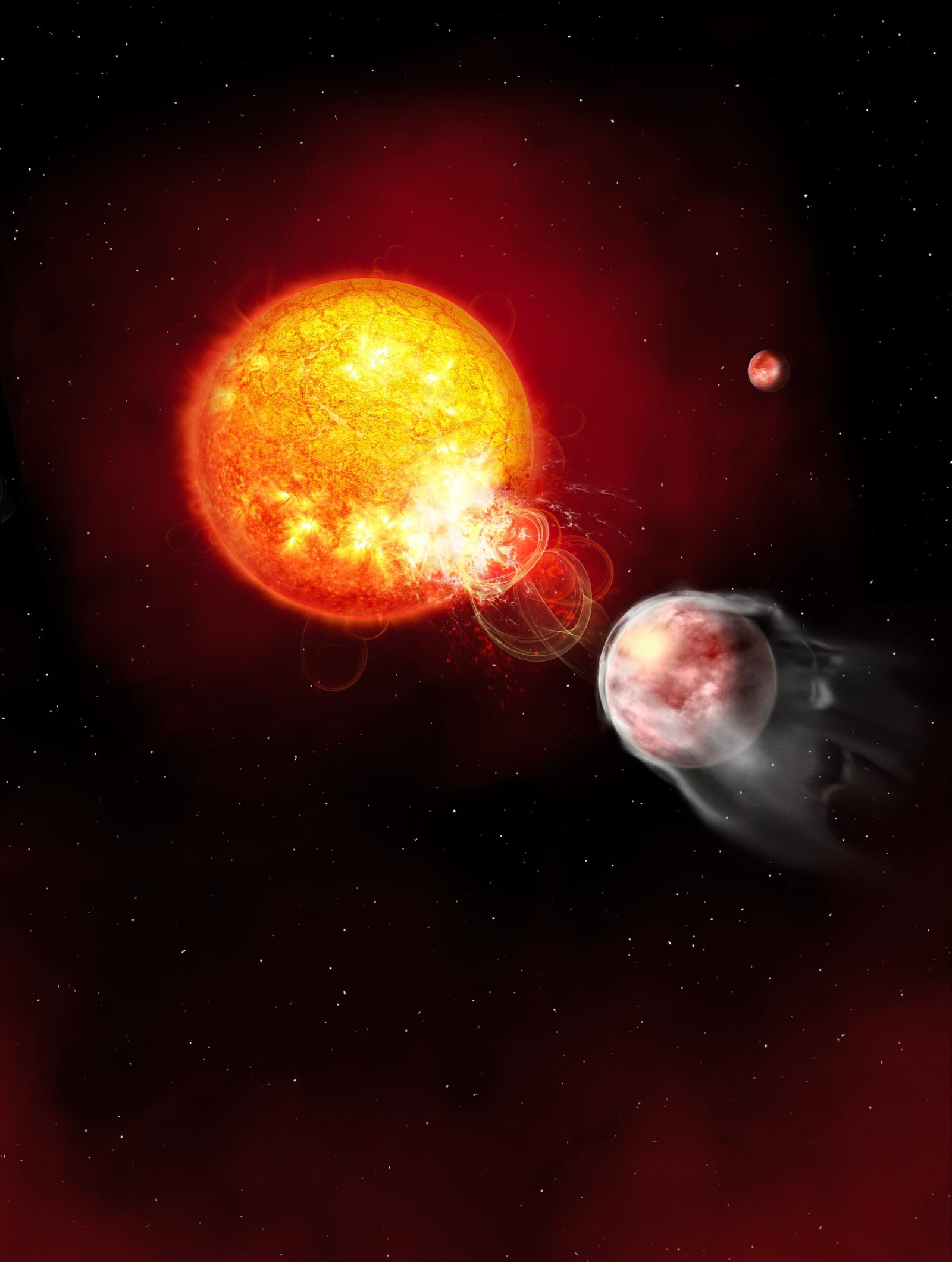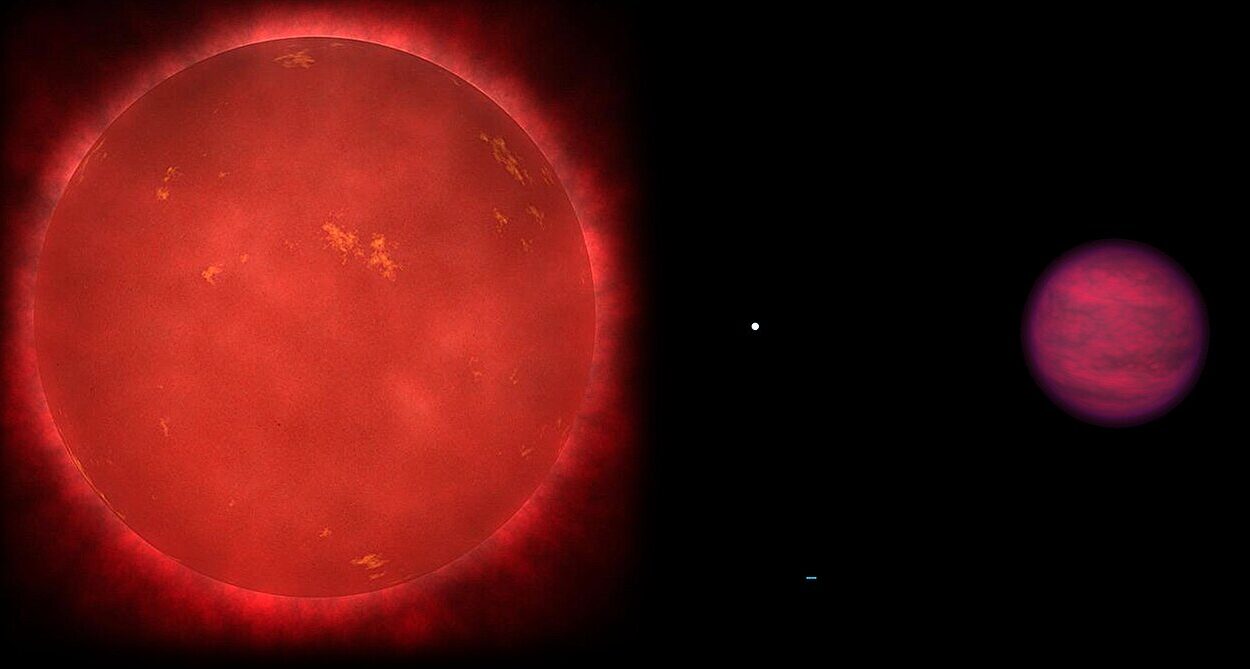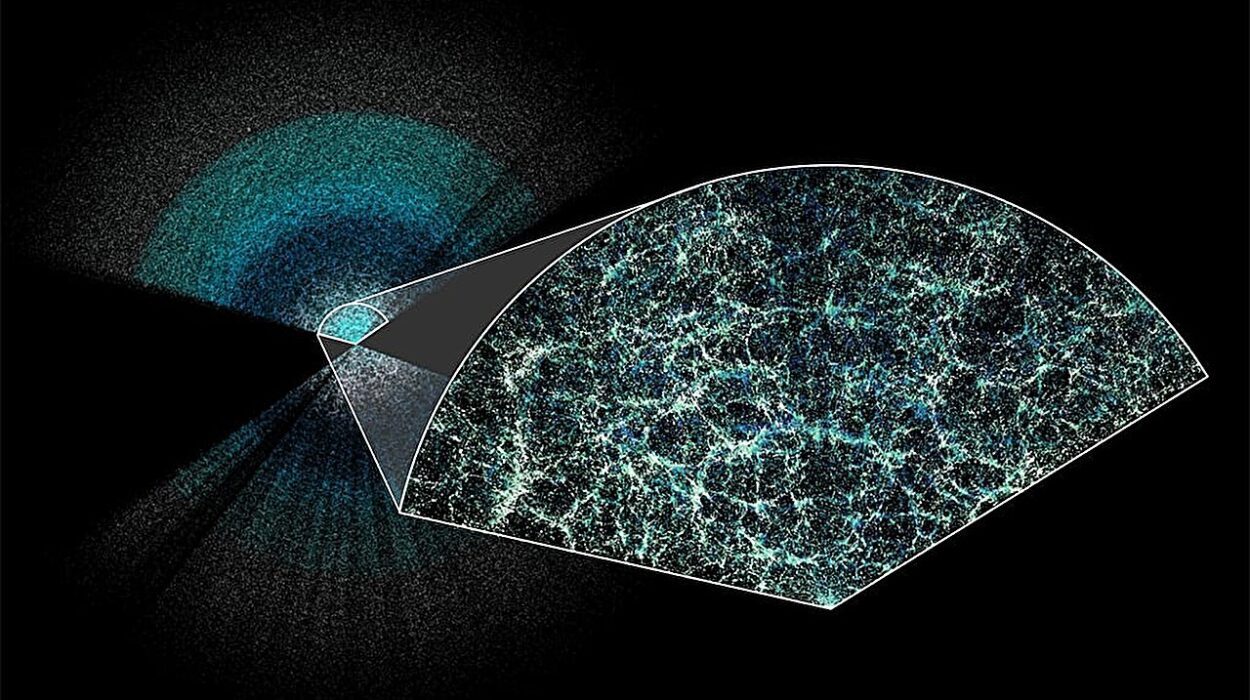Four and a half billion years ago, the newborn solar system was a swirling ocean of gas, dust, and light. Around the young Sun, a colossal disk shimmered with particles—tiny grains that would one day become planets, moons, asteroids, and comets. Within this cosmic cradle, chaos and creation danced hand in hand. And amid that dance, one world rose above all others: Jupiter.
New research from Rice University reveals that Jupiter was far more than just the first planet to form—it was the architect of the solar system we know today. Through its immense gravity and rapid growth, Jupiter carved out cosmic rings and gaps that determined the fate of every other planet, including Earth. The findings, published in Science Advances by planetary scientists André Izidoro and Baibhav Srivastava, offer a powerful new explanation for one of the most enduring mysteries in planetary science: why some of the solar system’s oldest meteorites seem to have formed millions of years later than expected.
Jupiter, it turns out, didn’t just dominate the early solar system—it designed it.
The Great Disturbance: How Jupiter Changed Everything
The study used advanced hydrodynamic models—virtual reconstructions of how gas, dust, and gravity interacted in the young solar system—to reveal Jupiter’s dramatic influence. When the gas giant began to form, it grew at breathtaking speed, gobbling up surrounding material. This rapid growth created powerful gravitational ripples through the disk of gas and dust around the Sun, sending waves of disturbance across millions of miles.
These ripples didn’t merely scatter matter—they sculpted it. Jupiter’s presence carved out massive gaps in the disk, regions where dust particles could no longer freely spiral toward the Sun. Instead, they became trapped in dense, swirling bands—cosmic “traffic jams” where matter accumulated and clumped together to form planetesimals, the rocky seeds that would one day grow into planets.
But here’s the astonishing twist: these planetesimals weren’t the solar system’s first. They were a second generation, born millions of years after the first solid materials. Their creation corresponds precisely to the birth of a special family of meteorites known as chondrites.
Chondrites: The Time Capsules of the Solar System
Chondrites are not just space rocks—they are time machines. These ancient meteorites, which have rained down on Earth for billions of years, contain the preserved chemistry of the early solar system. Inside them are tiny molten droplets called chondrules and grains of dust that formed before any planet existed.
For decades, scientists have puzzled over a simple but profound question: Why did many chondrites form two to three million years after the first solid materials? If they represent the earliest stages of planet formation, why do they appear to be latecomers?
According to Izidoro and Srivastava, Jupiter itself is the missing piece of that puzzle. As the giant planet formed, its gravitational power reshaped the solar disk, preventing older materials from drifting inward and creating new, protected regions where younger planetesimals—and eventually chondrites—could form.
“Chondrites are like time capsules from the dawn of the solar system,” Izidoro explained. “They preserve the story of how and when the building blocks of planets were born. Our simulations show that Jupiter’s growth delayed the birth of many of these materials by millions of years. Without Jupiter, those meteorites would never have existed.”
Two Solar Systems, One Star
The researchers also discovered that Jupiter’s early rise didn’t just delay the formation of certain meteorites—it created a physical and chemical divide within the solar system itself.
Meteorites from different regions of the solar system carry distinct isotopic “fingerprints”—subtle differences in their chemical makeup that reveal where they formed. For years, scientists struggled to explain why there are two major isotopic families of meteorites, seemingly separated by a barrier in space that prevented mixing.
Jupiter’s formation provides the answer. As Srivastava describes, when Jupiter grew, it opened a massive gap in the solar disk. This gap acted as a wall, keeping materials from the inner solar system separate from those farther out. The inner disk gave rise to rocky worlds like Earth and Mars, while the outer disk produced gas giants and icy bodies.
“Jupiter grew early, opened a gap in the gas disk, and that process protected the separation between inner and outer solar system material,” Srivastava said. “It preserved their distinct isotopic signatures and created new places for planetesimals to form later on.”
In essence, Jupiter didn’t just form—it partitioned the solar system into two realms, setting the stage for the diversity of worlds we see today.
The Guardian of the Inner Planets
Beyond sculpting cosmic dust and defining chemical boundaries, Jupiter may also be the reason Earth exists where it does.
In many other planetary systems, astronomers have observed that giant planets often migrate inward, dragging smaller worlds dangerously close to their stars. But in our case, Jupiter acted as a barrier. Its immense gravity cut off the flow of gas toward the inner solar system, halting the inward migration of young planets. Instead of spiraling into the Sun, Earth, Venus, and Mars remained safely in orbit around one astronomical unit (AU), the perfect distance for life to one day emerge.
“Jupiter didn’t just become the biggest planet—it set the architecture for the whole inner solar system,” Izidoro said. “Without it, we might not have Earth as we know it.”
This insight reshapes how scientists think about the delicate balance that made our world possible. Jupiter’s gravity, often feared for its destructive potential, may have been the very force that preserved our home.
Echoes in the Cosmos: Seeing Our Story in the Stars
The study’s implications reach far beyond our solar system. In recent years, the Atacama Large Millimeter/submillimeter Array (ALMA) telescope in Chile has captured breathtaking images of young star systems surrounded by dusty disks, many showing striking ring-and-gap patterns. These structures look remarkably similar to what Jupiter is thought to have created billions of years ago in our own neighborhood.
“Looking at those young disks, we see the beginning of giant planets forming and reshaping their birth environment,” Izidoro said. “Our solar system was no different. Jupiter’s early growth left a signature we can still read today, locked inside meteorites that fall to Earth.”
In other words, our system’s story may be universal. Across the galaxy, giant planets may be sculpting worlds in the same way Jupiter once did—deciding where life can form and where it cannot.
The Cosmic Domino Effect
This research redefines Jupiter not just as a planet but as a cosmic sculptor whose influence still echoes today. Its early presence created a cascade of effects—blocking dust, shaping orbits, dividing materials, and preserving the inner solar system for life.
The beauty of this discovery lies in its interconnection. Tiny grains trapped in Jupiter’s wake would later form meteorites that fall on our world, carrying within them clues to the planet that made them possible. Earth, in a sense, was born in Jupiter’s shadow, molded by forces we are only now beginning to understand.
And while the study focuses on the deep past, it also touches the future. By comparing our solar system’s history with the young disks ALMA observes around distant stars, scientists can trace the universal rules of planet formation—the cosmic choreography that turns dust into worlds.
The Giant’s Legacy
Jupiter’s story is one of paradox. Its colossal gravity both protected and disrupted, destroyed and created. It sculpted the chaos of the early solar system into order, shaping the conditions that led, eventually, to us.
When a meteorite streaks through the night sky, glowing briefly before fading to darkness, it carries with it the silent memory of that ancient drama. Inside its rocky heart lies a record of Jupiter’s handiwork—chemical evidence of the giant planet’s power to mold creation itself.
Billions of years later, humanity looks back through telescopes and computer simulations to uncover that story. We see not just a gas giant swirling in colored bands, but a guardian, an architect, and a witness to the universe’s creative power.
Jupiter may have been born from chaos, but through that chaos, it gave the solar system its structure, its harmony, and perhaps even its soul.
More information: Baibhav Srivastava et al, The late formation of chondrites as a consequence of Jupiter-induced gaps and rings, Science Advances (2025). DOI: 10.1126/sciadv.ady4823. www.science.org/doi/10.1126/sciadv.ady4823
